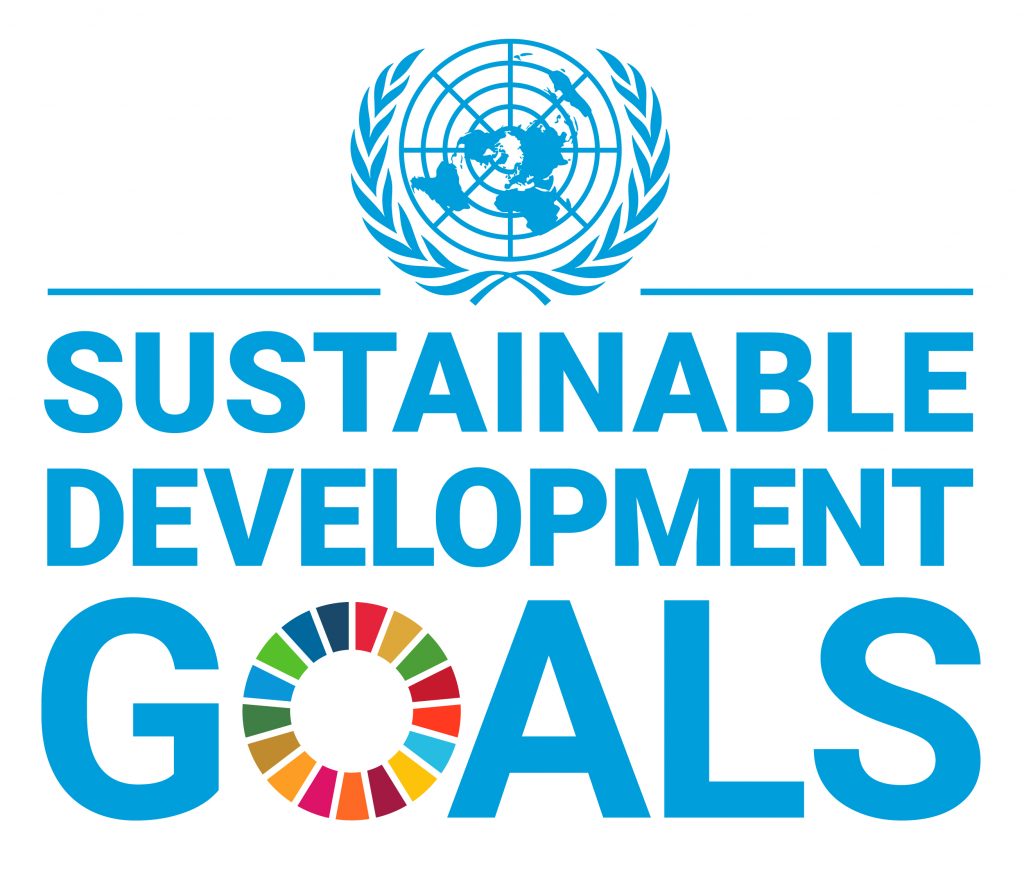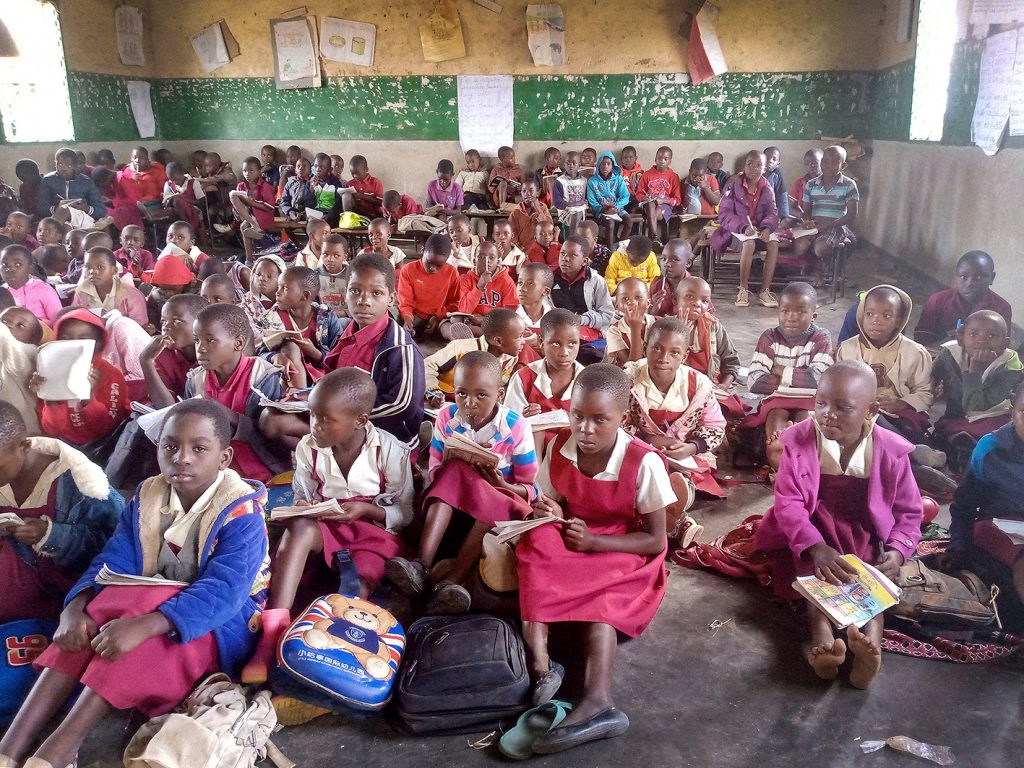SDG 10: Reduced Inequalities|Education and Awareness
Every morning, groups of children walk through the school gates, enter their classrooms and sit in their familiar seats. It’s a scene so ordinary that we may take it for granted. But have you ever considered that for many children around the world, simply having a desk and chair to sit and learn at is not a given?
In a public school in Malawi, Africa, over a hundred students cram into one classroom-but there are no desks or chairs. Children squat on the ground, balancing their books on their knees to take notes. When it rains, the leaky roof soaks the floor, and they have to stand while trying to learn.
This kind of classroom environment may be hard for us to imagine but for millions of children, it’s a daily reality.
Education should be wings that allow every child to fly.
Without even the most basic learning environment, how can we expect children to take off on equal footing?
Is “Hard Work” Enough?
According to United Nations statistics, more than 200 million school-age children around the world are still unable to access a complete education.
The barriers go beyond poverty-they also include gender, race, disabilities, language barriers, and even geographic access to transportation and internet infrastructure.
Even in Taiwan, beneath what appears to be an equal education system, there are many invisible inequalities:
- In rural schools, there is a shortage of teachers-some subjects are taught only a few times per year.
- Children from low-income families can’t afford after-school tutoring or help with homework.
- Students with disabilities in regular classes often lack adequate support.
- Children of new immigrants or migrant workers face language and cultural challenges that make learning much harder.
These situations don’t show up in test scores or competition results, but they deeply affect children’s confidence and their freedom to choose their future paths.
“Equality” Means Giving Everyone the Support They Need
There’s a difference between equality and equity.
Equality means giving everyone the same resources.
Equity means giving people the resources they need to succeed based on their unique situations.
Here’s a simple example:
Imagine three people of different heights trying to watch a baseball game over a fence. If they all get the same height box to stand on, the shortest person still can’t see. Only when that person gets a taller box do all three have truly equal access to the view.
Learning works the same way.
We can’t measure every child with the same ruler.
We need to see each child’s circumstances clearly-and offer the right kind of support and companionship.
Every child deserves the right to dream.
But before we can see their dreams, we must first see their reality and needs.
“Reducing inequality” isn’t just a distant policy goal.
It begins with our daily decision to truly see and choose to understand.
May we not only learn how to “study,”
but also learn how to “see others.”
An Exercise for Shane Students
- Have you ever experienced a moment where something felt unfair? How did you hope others would treat you?
- If you were a teacher, principal or community volunteer, how would you help children who lack resources?
What kinds of inequalities might exist in your school or classroom that are not easy to see?
About SDGs


SDG 10 Reduced Inequality
Reduce inequality within and among countries.


